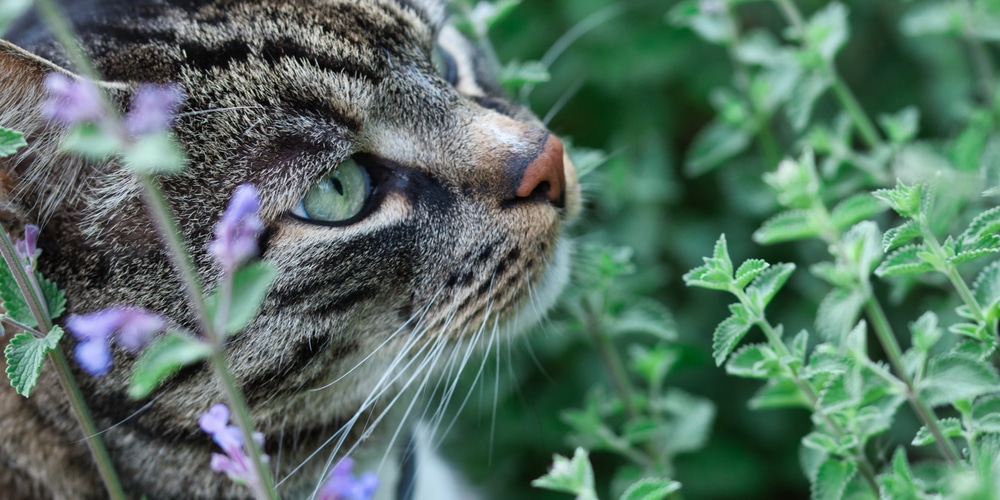If you have a healthy garden, you may have noticed that some plants seem to attract bees more than others. Usually, that has to do with the pollen and nectar quality (and nutrient content) they produce. Lately, bees have become even more precious as they are now rarer.
For this reason, some states are urging gardeners to help feed the bees by adding suitable plants to their gardens. But what about catnip? Do bees like it? And what else should you know about this plant? Keep reading this essential guide if you want to find out!
Do Bees Like Catnip?

Catnip is a plant native to Europe and West Asia. It is relatively easy to grow and thrives in most climate and soil conditions. However, you might have to keep it under control.
Without some pruning (and under ideal conditions), this plant will quickly spread and might take over your garden. These plant flowers from early spring to late fall can contribute to adding all-year-round beauty to your garden.
Many people know catnip because of its attractiveness among cats (hence the name). However, bees and other pollinators also like it. So, if you needed a straight answer to the question: yes, bees like catnip.
Indeed, the plant is hardy and has a long blooming season, making it attractive to most bees, who prefer collecting pollen from closeby sources. So, bees won’t have to look for other ways to collect pollen with catnip plants around.
You may not know that there are more than a dozen species of catnip. But if you want to add one to your garden, don’t worry: all are excellent food sources for bees. Don’t forget to pick one suitable for your USDA hardiness zone.
While individual plants produce tiny amounts of pollen and nectar, they become more prolific in masses. Several types of bees like to feed on catnip, including honey bees. The resulting honey is dark and has a slightly spicy taste.
Bumblebees also like to feed on catnips. But what more should you know about the relationship between these plants and pollinators? Jump to the following section to learn all you need!
What Other Pollinators Does Catnip Attract?
Catnip is an excellent plant to add to your garden if you need something easy to grow, and that will reward you with plenty of flowers during the blooming season.
Not only does it attracts cats, but it also has insecticidal properties. Indeed, its smell repels pests such as mosquitoes, cockroaches, mites, spiders, and termites. Some organic pesticides include catnip’s essential oil.
So, consider planting it around your crops to protect them from potential attacks. Because of its versatility, catnip is an excellent companion plant. However, don’t forget to keep it under control to prevent it from spreading more than you want.
Besides bees, butterflies and some beneficial insects (such as hoverflies) love being around catnip plants. Don’t forget to plant more than one specimen to get the best results and increase your chances of building a bee-friendly garden.
What Should You Know About Attracting Bees?
With the right combination of plants, bees will get to your garden. Besides catnip, lavender, marjoram, foxgloves, lilacs, and bee bushes are excellent food sources for these beneficial insects.
Keep in mind that bees tend to be more attractive to blue, purple, and yellow flowers. So, to increase your chances of success in attracting bees, consider adding plants of this color to your plant.
However, don’t forget to avoid using pesticides around your plants. While it isn’t uncommon to deal with pests when growing a garden, using chemicals might harm bees.
Instead, look for organic solutions to solve your problems. They might take slightly more time before giving effective results, but they won’t harm bees and other beneficial pollinators that visit your garden! Take action depending on the insects damaging your plants: there are plenty of natural solutions you can try!
You might not know this, but providing some drinking water for bees might increase their population in your garden. Indeed, bees get thirsty from their work! However, keep in mind that water might also attract pests like small mammals (and even snakes).
To prevent such issues, consider adding water in a high location. Also, avoid adding water to a deep container: bees might have trouble drinking from them!
Related Article: Is Lavender Good For Bees?
